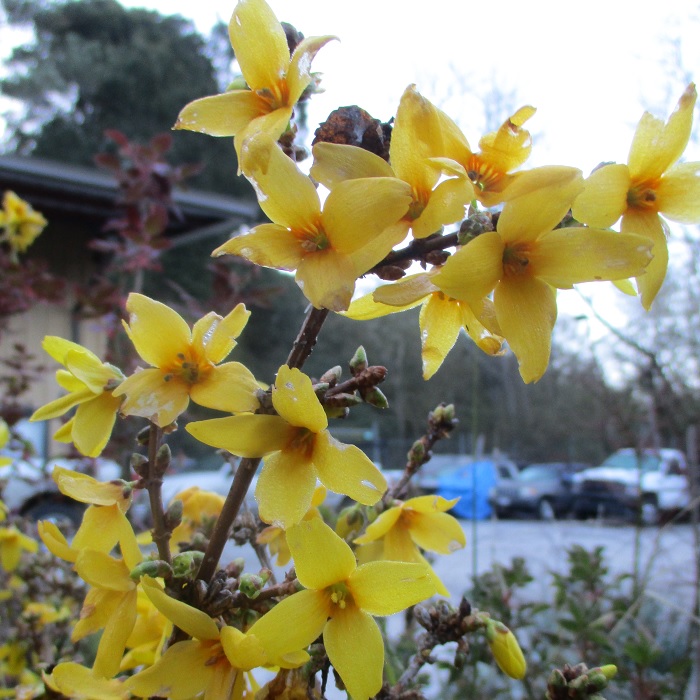UNITED STATES—Weeds always seem to have unfair advantages. While we pamper so many of our desirable plants to get them to grow and perform, weeds proliferate without help. They survive harsh conditions, inferior soil and some of the techniques we try to kill them with. They do not need much, if any water. They broadcast inordinate volumes of seed. They grow fast enough to overwhelm other plants.
This is the time of year when most weeds really get going. Like most other plants, they like the warming weather and moist soil of early spring. Many bloom and sow seed before summer weather gets too warm and dry in areas that do not get watered. Some that happen to be where they get watered may perpetuate second or third generations through summer! Weeds really are efficient!
However, the same pleasant weather that allows weeds to grow so efficiently also allows us to come out to work in the garden. The same soft rain moistened soil that the weeds enjoy so much also facilitates weeding. It will be more difficult to pull weeds later when the soil is drier, and roots are more dispersed. It is best to pull them before they sow seed for the next generation anyway.
Most of the annoying weeds are annuals or biennials. Some are perennials. A few weeds might be seedlings of substantial vines, shrubs or trees, like privet, acacia, eucalyptus or cane berries, especially the common and very nasty Himalayan blackberry. Cane berries have thorny stems that are unpleasant to handle, and perennial roots that must be dug. They can be very difficult to kill.
Tree and shrub seedlings should be pulled or dug out completely. Except for palms, most regenerate if merely cut above ground, and are very difficult to remove or kill the second time around. It is no coincidence that they tend to appear in the worst situations under utility cables and next to fences and other landscape features. Birds tend to perch in such spots as they eat the fruit from around large seeds that then get discarded, or as they deposit small seeds that were within small fruit and berries that they ate earlier.
Highlight: forsythia
It is a shame that forsythia is not more popular here. Years ago, there was a commonly perpetuated myth that winters were not cool enough for it, as well as lilac. We now know that both lilac and forsythia are happy to bloom here. Now, some might insist that there are so many evergreen shrubs that bloom nicely right through winter, that there is no need for deciduous blooming shrubbery.
They might not say so after seeing how spectacular forsythia is in bright yellow bloom as winter becomes spring. It uses the same tactic as the flowering cherries that bloom at about the same time, by dazzling spectators with profusion, before foliage develops to dilute the brilliance of the color! The flowers are tiny, but very abundant. Plump buds on bare stems can be forced indoors.
Forsythia X intermedia is the standard forsythia, although a few other specie and variations, including some compact cultivars, are sometimes seen in other regions. Mature specimens should not get much higher than first floor eaves, but can get twice as tall if crowded. The simple opposite leaves are about two or three inches long, and can turn color where autumn weather is cooler.
Horticulturist Tony Tomeo can be contacted at tonytomeo.wordpress.com.






